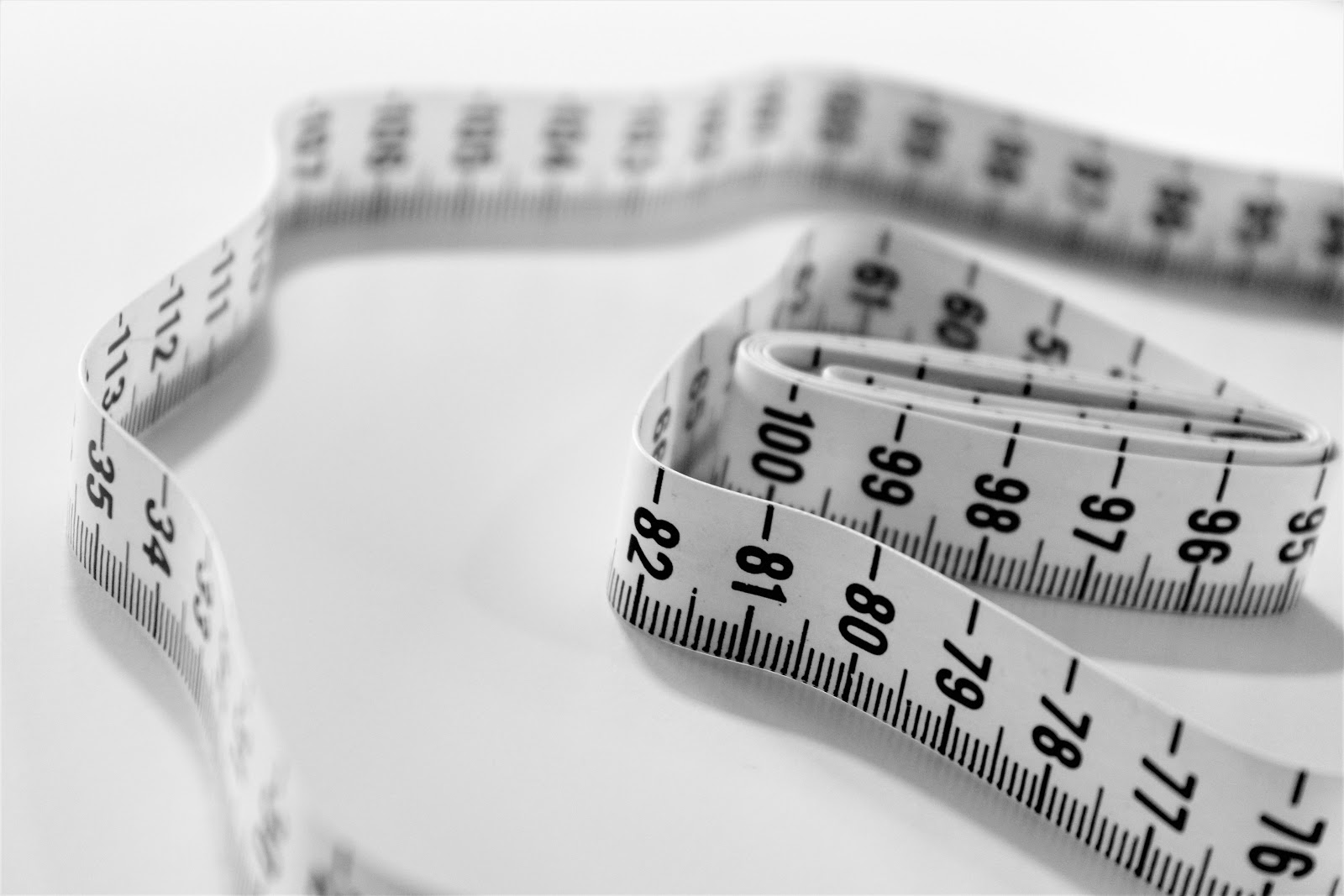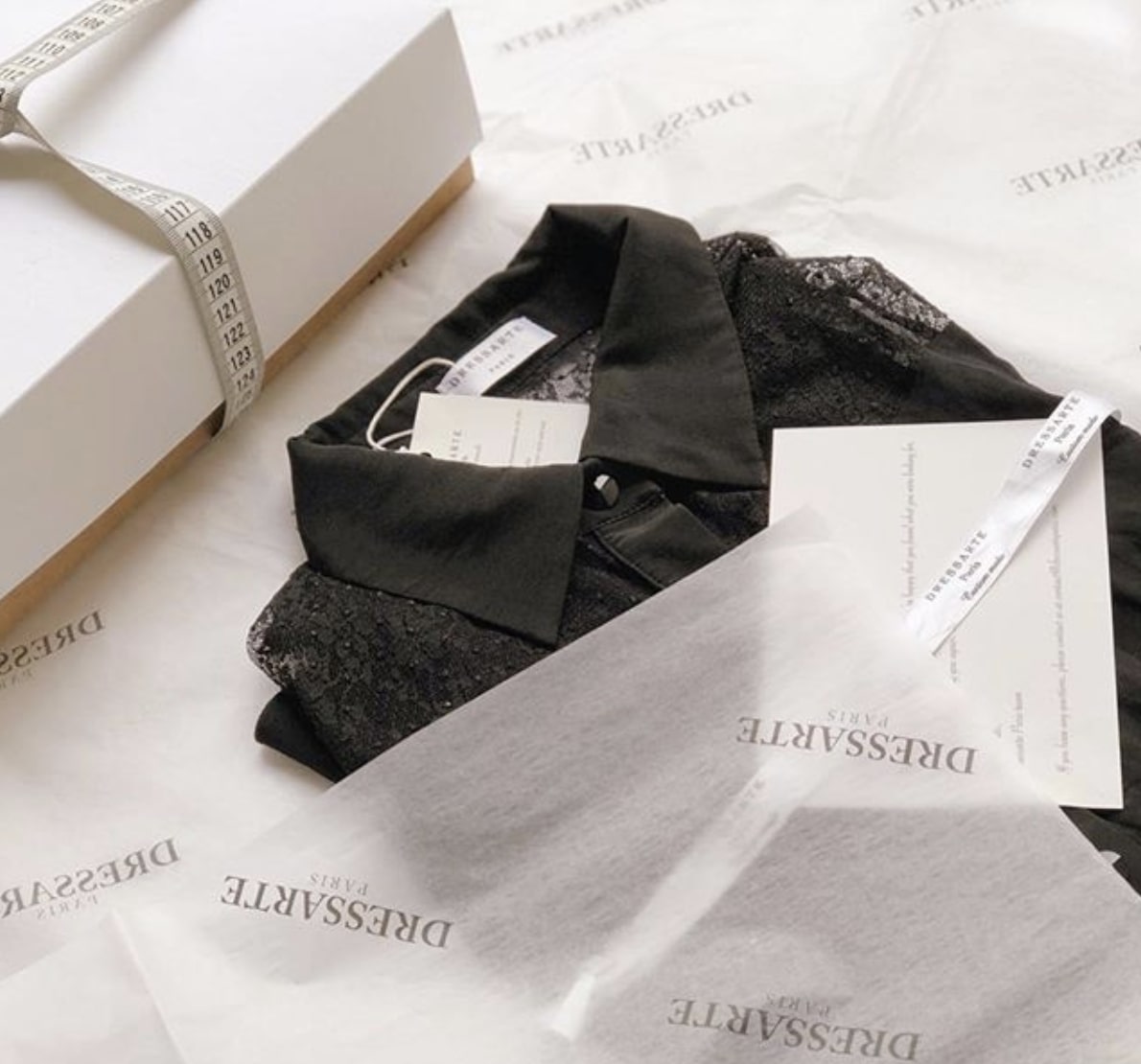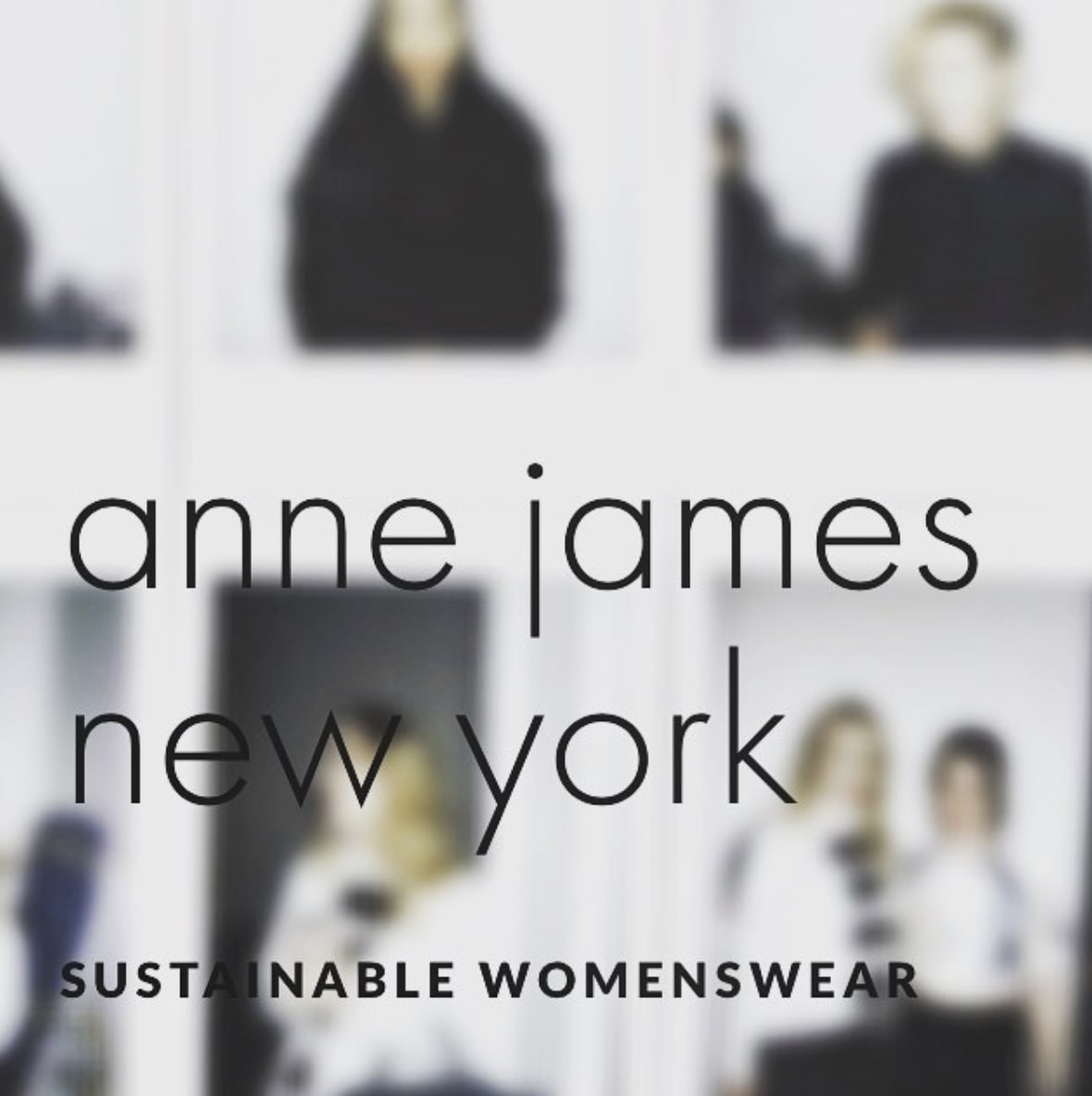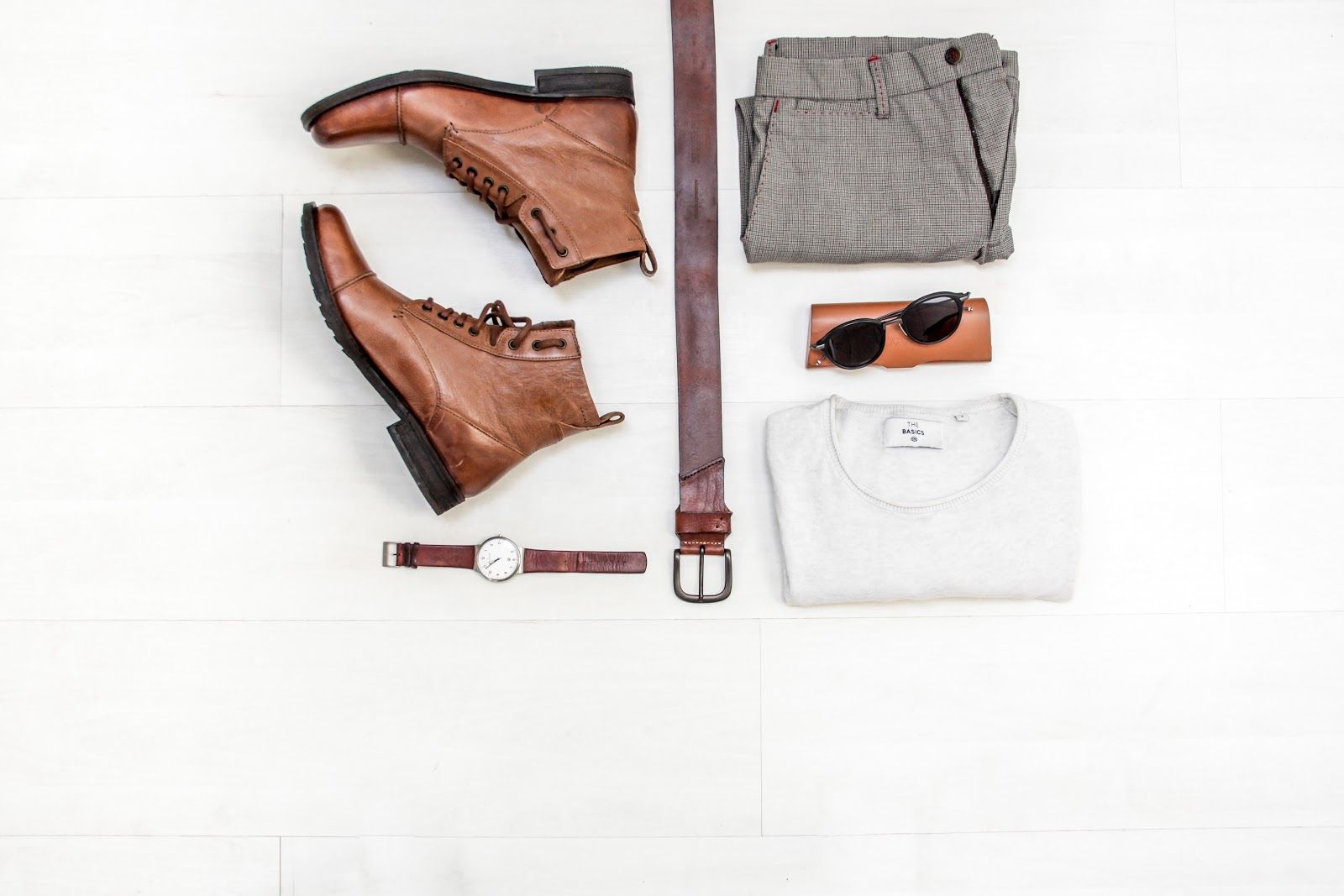It’s no secret that fast fashion is wreaking havoc on our environment. Our appetite for the latest fashion trends has led to the emergence of a business model where production and consumption progress in ever-faster cycles. The average consumer in 2014 bought a whopping 60% more clothes than they did in 2000 - and kept each garment for only half as long.
Clearly, this is not a sustainable approach. As fashion cycles get shorter, more garments get disposed of, which means that less of our clothing is actually designed to last the distance. In this climate, it’s increasingly difficult to find clothing that is high-quality and has a lower impact on the planet.
As consumers become more aware of the impact of fast fashion, we are seeing the rise of alternative fashion models that pride themselves on more conscious modes of production.

Custom-tailored fashion, also known as made-to-measure clothing, was once the domain of the luxury market. But the rise of eCommerce and more sophisticated supply chain technology has made it possible to scale this business model to a nearly global audience.
Because every garment is produced to order, this dramatically cuts down on textile waste and energy usage. Consumers also have the pleasure of knowing that they own a garment which is totally unique, rather than straight off the rack.
In this post, we speak to the owners/designers of two custom-tailored clothing brands who are paving the way for a more sustainable approach to fashion. Anne Whiting of Anne James New York and Nathalie Neuilly of Dressarte Paris tell us all about the future of made-to-measure fashion in the age of eCommerce:

Q: How did you come to start a made-to-measure apparel brand?
Nathalie: My sister and I grew up having most of our clothes tailored by our mum, who has been running a small atelier for 25 years now. So, from a very early age we enjoyed wearing unique clothes imagined by us.
As I grew up, the desire to wear unique high-quality clothes became stronger, as nothing can be more frustrating than wearing the same dress as other 5 female colleagues in an office, right?
I used to work as an international auditor in Paris, working day & night, always on the go. It was almost impossible for me to find time for fittings, as I always wanted to customise the garments I saw and make them tailored so they could fit perfectly. Every time I bought clothes, I needed to have them tailored: either the sleeves were too short or pants were too long. As I’m someone who has very sensitive skin, fabrics are the first thing that I pay attention to when choosing clothes.
So, I felt that there is a niche in the market: busy women struggling to find the right size and style who don’t have time for fittings at a tailor, but who still want to look unique.

Anne: Custom-fit apparel is the natural amalgamation of my values as an independent atelier designer. It wasn’t my initial concept, as when one first imagines having a fashion label he or she thinks inventory, fabulous stockists, trunk shows, everyone wearing the clothes, etc. But my journey building an eponymous brand has been a long reckoning with my beliefs about fashion’s meanings and my hopes for the industry, and with what I really want to do as yet another fashion designer in a hugely saturated industry.
I believe fashion should make people feel wonderful and powerful in their own skin. I believe this industry should be more careful with its resources and in touch with its roots. And I want to serve with my art, my art of beautiful clothes. Made-per-order, made-to-measure clothing is the way for my brand to do this.
Q: How does it work? What is it you do to reduce waste as much as possible?
Nathalie: Dressarte is the first sustainable virtual atelier that produces clothes accordingly clients style and body measurements.
Everything starts with a simple questionnaire that clients fill in indicating their preferences for style, fabrics, budget but also their body shapes as it will allow our stylists to offer the most suitable styles.
Once the form is submitted, our stylists prepare sketches of clothes that we can tailor for clients and also preselect fabrics. Designs can be modified and adjusted until clients are satisfied. This service is free for the moment and clients pay only if they decide to proceed with any of the offered designs.
Anne: I have my AJNY designs and silhouettes, and my clients are able to choose their favorites while explaining to me what they need in their wardrobe, how specific pieces can serve them better. Then I take their measurements and we make sure that the arms fit perfectly and the waist-to-hip ratio is customized and flattering and that pant lengths are the preferred length, etc.
Making garments per order exclusively means I only use what materials are needed at the time of order. There’s no overproduction. Also, I use leftover fabrics from other fashion houses, helping them minimize their waste and overstock. Moreover, each piece is perfectly made meaning my clients will love and wear their Anne James garments for a long time.
Q: What are the benefits of made-to-measure clothing? (For the consumer, for you as a business, and for the world at large.)
Nathalie: In my opinion, made-to-measure clothing is one of the best examples of sustainable and conscious fashion.
One of the main reasons for returning clothes online is the wrong size. By producing clothes according to clients’ body measurements, we eliminate this issue, which is great for clients and for the environment as well.
We all have different body shapes and sizes and it might be quite challenging sometimes to find clothes that fit well and meet our style expectations. So, we give consumers freedom to design and order the garments they would love and wear for years.
Our business model makes it possible to produce only what is needed, so no extra resources are consumed. Thus, we solve one of the bigger issues in the fashion industry, overproduction and waste.
We work with luxury surplus fabrics, which is also a great way to reduce waste in the textile industry.
Anne: For the consumer, she gets to know that her clothes fit her and her existing wardrobe impeccably. She knows that whenever she puts on a piece sewn specifically for her shape that it looks flawless and she’s going to be comfortable.
For me, it means I have a very careful and personal relationship with the origins and destinations of my materials and process, and the woman I outfit. It also means that I get to continue to support (and pay fairly) the craftsmanship of all the truly talented experts I work with to make my clothes happen. This sets an example for the world at large to slow down in their shopping, to respect clothes and their makers.
Q: How does creating clothing that is made-to-measure affect your design aesthetic? Is it important to focus on 'timeless' as opposed to trend-based styles?
Nathalie: When it comes to limited-edition collections, timeless pieces are our priority. We want to offer classic pieces that can go well for different occasions and will never go out of style.
If we talk about our unique bespoke service which is about designing clothes from scratch, there are so many different styles we work with. The idea is to be able to offer unique pieces that meet clients’ expectations and that will serve them for years. When they order bespoke clothes, in most cases it’s not about trends but rather about clothes that make feel confident.
Anne: I do design clothes that are immune to trends, if not timeless. My inspirations are very classic, very heritage and staples based, but they meet the fan and fanciful in the form of unexpected colors, patterns, artisan detailing, art prints. But it’s very important to focus on the investment my clients are making on their individually crafted pieces. They’re paying a premium to have pieces made exactly for them, so they deserve versatility and longevity.
Q: What challenges does made-to-measure clothing present as a business model? Are there any common misconceptions?
Nathalie: Made-to-measure clothing is a quite challenging business model, especially when we talk about designing something from scratch when the whole process is online-based.
Some clients might feel uncomfortable with taking measurements, but we organise Skype talks to guide them and more solutions to facilitate this process are coming soon. Others are not sure about fabrics that could work, but we’re here to advise and to send swatches if necessary.
People tend to be afraid of ordering something that they can’t try on beforehand. It might be more challenging to imagine the clothes based on sketches and we totally understand it, so there is no risk for clients, as we offer flexible return policy as we’re confident in our services.
A good thing is that once they experience the whole process of designing unique pieces with us when it’s possible to modify the style and choose fabrics, they become our loyal clients.
Anne: It’s an added challenge to alter patterns for every order—my silhouettes are pre-designed but each piece is its own creation. Larger companies who rely on bulk orders would have a tremendously difficult time accommodating the measurement personalization I’m focused on. But I have really amazing and accommodating patternmakers and seamstresses who work closely and patiently with me as I tweak each design. The common misconception is that it doesn’t cost extra each time the clothes get customized. It does.
Q: Has it been easy pairing made-to-measure fashion with eCommerce? What have been the natural synergies and the difficulties?
Nathalie: For years bespoke, made-to-measure clothes have been associated with something very expensive. Thanks to our online-based business model, we’re changing the rules, bringing more choice of fabrics and styles to meet everyone’s budget.
Thanks to e-commerce, the process of designing and ordering clothes became so much easier and faster no matter where the clients are based. The clothes are produced under 5-10 days and delivered all over the world!
Anne: The impediment to e-commerce is that I love to measure each customer in person, and I also want to provide them with the intimate choice in touching and selecting their fabrics. But eventually, it will be possible for me to instruct web shoppers to provide their measurements, select available fabrics, and place orders from outside New York.
But it’s also not always a speedy process to create a new garment, so anyone shopping online who is accustomed to the rapidity of direct-to-consumer delivery will have to understand that their clothes are being freshly created only after they place their order.
Q: How has the made-to-measure fashion movement grown/changed in the past 5-10 years?
Nathalie: Today there are more brands that offer made-to-measure clothes online comparing to what existed 10 years ago.
Mindsets are changing, people become more aware of the impact the fashion industry has. So, they search for alternatives to fast fashion. Personalisation and customisation are much more appreciated than before.
However, there are still a limited choice of clothes that can be ordered according to body measurements online. In most cases the clothes offered have been already pre-designed. As for Dressarte, we give much more freedom and offer opportunities to design a blouse, wedding dress, coat, etc.
Anne: Currently there is a growing acceptance for upcycled and customized vintage fashions—stemming from a desire to have something no one else owns, probably as a pushback against the uniformity of mass fashion. So there is a lot of repurposing of older fabrics and pieces into new and stylish garments, and a lot of deadstock being used even in well-known contemporary fashion companies.
As for actual custom-fit orders, it’s still a high end and sophisticated concept, but I think as we shoppers really begin to understand what a curated wardrobe means, we might realize that having pieces made exactly for us, to benefit us, to suit us (pun intended as I refer to the bespoke industry of menswear and Savile Row, which is such a gorgeous and empowering tradition!) is what we’re really looking for.
Q: What is your favorite thing about the industry?
Nathalie: Online tailoring business is fascinating. I enjoy the whole process, from the moment we receive a request to create unique pieces till the day we receive pictures of clients wearing those clothes and looking amazing! Every woman is one-of-a-kind, and so should the clothes she wears!
Anne: Fashion—its design, its industry—has so many components; I pursue working with its many layers and the people within each part: from fabrics, pattern making, tailoring, to other divisions like shipping and packaging—which is why I’m so happy to have discovered noissue! You’re providing a great new eco-conscious direction for that otherwise hugely wasteful layer.
And of course, I love making women feel so beautiful in their clothes. Fashion should feel like a second skin. It should be made with love, so that we wear love and then give love. I love realizing with each client that clothes and where they come from really do mean something to everyone.
For more about sustainable fashion, check out our blog!

